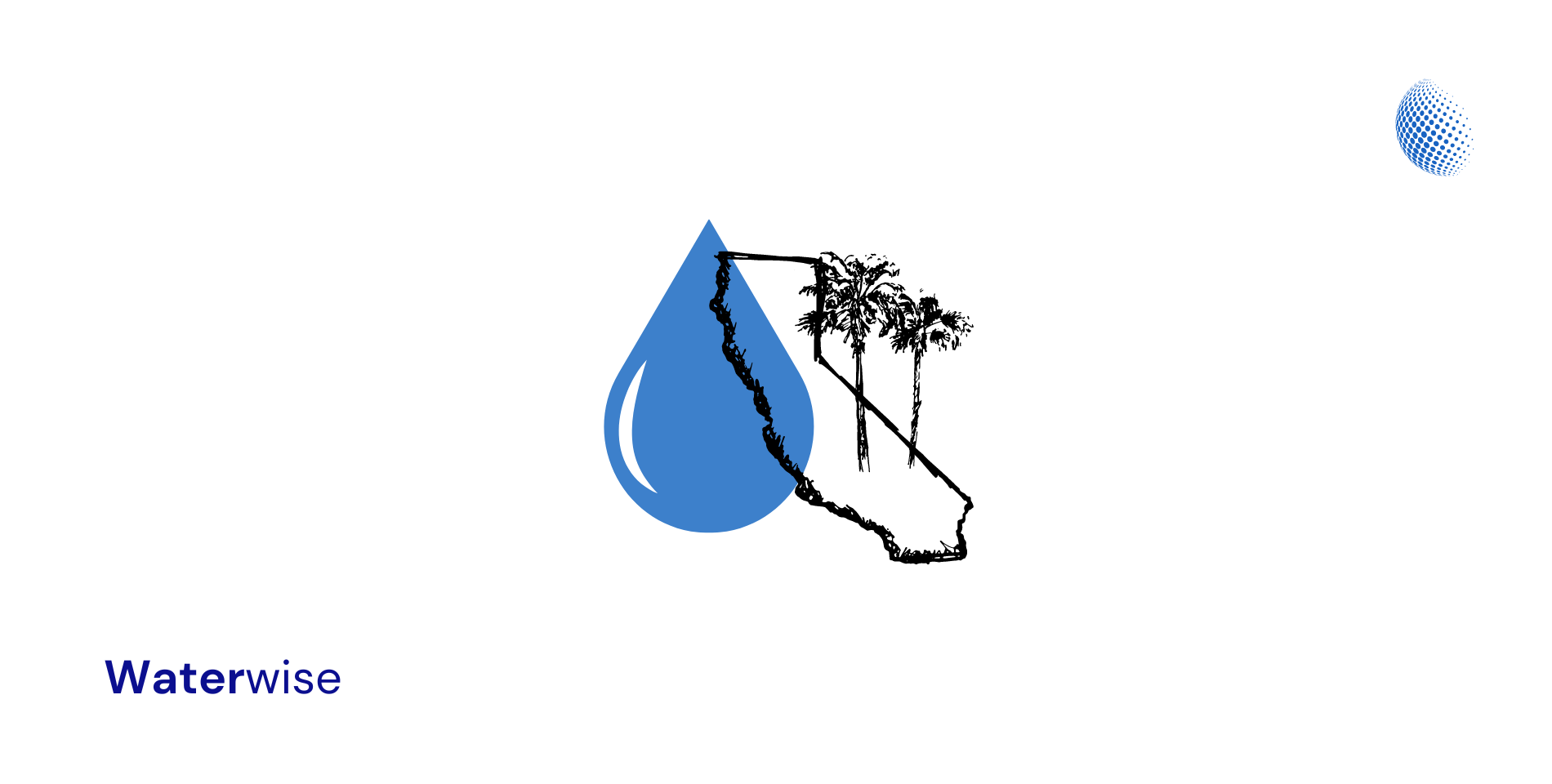Los Angeles, a sprawling metropolis synonymous with glamour and innovation, has faced a less glamorous challenge: drought. Nestled in a region where water scarcity is a recurring reality, Los Angeles has had to grapple with the complex task of ensuring a reliable water supply for its diverse and growing population. But rather than succumb to the arid climate, the city has transformed adversity into opportunity. Through water conservation, recycling, and innovative infrastructure, Los Angeles has become a beacon of sustainable water management.
Here’s a deep dive into the city’s success story.
A Thirsty City: The Challenge of Drought
Los Angeles’ water challenges are rooted in its geography and climate.
Situated in a semi-arid region, the city has faced periodic droughts that have strained water resources.
The Historical Context
Drought is not a new phenomenon in Los Angeles. The city’s history is punctuated by dry spells, some lasting several years. These droughts have shaped policies, infrastructure, and public attitudes towards water.
The Modern Challenge
With a growing population and expanding economy, Los Angeles’ water demands have surged. Climate change, with its unpredictable weather patterns, has added to the complexity, making water management a pressing concern.
Conservation: A Cultural Shift
Los Angeles has embraced water conservation as a way of life. This cultural shift has been instrumental in the city’s success in managing water scarcity.
Public Awareness Campaigns
The city has launched public awareness campaigns to educate residents about water conservation. From lawn replacement incentives to water-saving tips, these initiatives have engaged the community in water stewardship.
Regulations and Incentives
Water-saving regulations, such as restrictions on outdoor watering, have been complemented by incentives for water-efficient appliances and landscaping. These measures have fostered a culture of conservation.
Recycling and Reuse: Closing the Loop
Los Angeles has invested in water recycling and reuse, turning wastewater into a valuable resource.
Wastewater Treatment
Advanced wastewater treatment facilities have enabled the city to purify and reuse water for various non-potable purposes, such as irrigation and industrial cooling.
Groundwater Recharge
The city has implemented projects to recharge groundwater aquifers with treated wastewater, enhancing local water supplies and reducing dependence on imported water.
Innovative Infrastructure: Building Resilience
Innovation has been at the heart of Los Angeles’ water management strategy.
Stormwater Capture
Los Angeles has developed infrastructure to capture and store stormwater, turning seasonal rains into a resource rather than a wasted opportunity.
Integrated Water Management
An integrated approach to water management has allowed the city to coordinate efforts across conservation, recycling, supply, and infrastructure, creating a resilient and adaptive system.
Conclusion: A Model of Sustainability
Los Angeles’ journey from drought to sustainability is a testament to human ingenuity, collaboration, and determination. The city’s comprehensive approach to water management, blending conservation, recycling, innovation, and community engagement, offers valuable lessons for cities worldwide.
Los Angeles has shown that water scarcity need not be a barrier to growth and prosperity.
Instead, it can be a catalyst for change, inspiring a sustainable and resilient future. The city’s water management success story is not just a triumph over drought; it’s a celebration of vision, innovation, and the enduring human spirit.
Explore Los Angeles and more vibrant California beaches at CoolContrast.com, discovering travel through sustainability.

